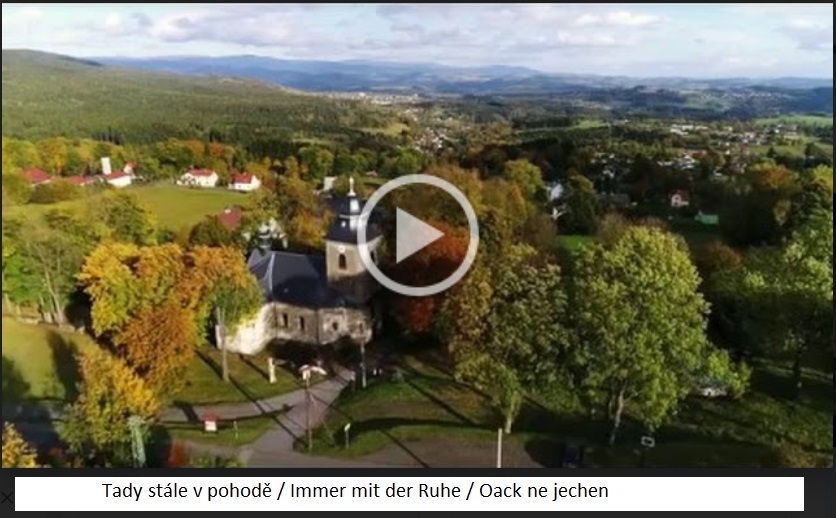DOLNÍ ĆERNÁ STUDNICE
From the end of the 16th century, a tour inn stood by the main road below Mount Černá Studnice. At the beginning of the 19th century, a large closed yard was built with sheds for
horse-drawn vehicles, and stables for twenty horses. The inn was visited daily by from between fifteen to twenty wagonners.
In those days, almost all owners of houses kept two or more horses for hitching up.
During those years, the steep road went to ruin, and the inn became desolate. In 80´s of the 19th century, after finishing construction of the road from Jablonec nad Nisou to Huť and far away to Zásada and Držkov villages the inn was repaired again. After finishing the road to Maršovice via Jistebsko and Šumburk the location of the inn suddenly became very busy. Gradually, it was becoming a favourite trip restaurant with a veranda and an outdoor seating on a terrace below chestnut trees. Even in 60´s of the 20th century, they used to were dance parties, wedding parties and school-leavers´ parties organized here. However, the inn was was destroyed by fire and not reconstructed again.
In the first half of the 17th century, the village of Dolní Černá Studnice was founded around the old inn. At the start of the 18th century, the descendants of the glass painters Georg Wander and Fischers´ families, and also Christian and Mariana Elz and Jeremiáš Lau with his wife Kristýna, lived here. They were farmers, weavers, glass workers, and later stonemasons, glass reapers and button pressers.
In the area located along the old road from Jablonec nad Nisou to Huť, the Žernovník stream rises. From the immemorial, the well built on this stream used to be considered as “curative water“. Even at the start of the '80s of the 19th century, the well was surrounded by massive beeches covered with votive paintings. The place was kept tidy because there was a sacrificial stone, believed by German inhabitants to be an ancient altar of their Germanic ancestors, near the stream.
Log building typical for foothills of the Jizerské mountains
However, the administration of the manor did not have any sympathy for the romanticism of the tiny place of pilgrimage, for protection of the full-grown trees, or even the Germanic mythology. The sacrificial stone was sold to stonemasons, and the massive beeches were cut in the seigniorial sawmill.
At the start of the 21st century, a unique mining area with surviving relics of mining in the Neolithic era was explored, nearby Žernovník´s spring in the forests surrounding Mount Černá Studnice. The age of the unique mining area has been determined as being from 5150 to 4920 BC. In this locality, three mining fields have been gradually explored and distinguished. The raw materials and semi-finished products made of hornfels used to be exported not only to diverse areas of the Czech Republic, but also to other areas of Central Europe. The place is considered the oldest Neolithic mine in Central and Western Europe, and one of the oldest in Europe overall.
(Picture: Flint - on the left the condition, in which the flint was found, a worked flint next to it and an axe on the right)







